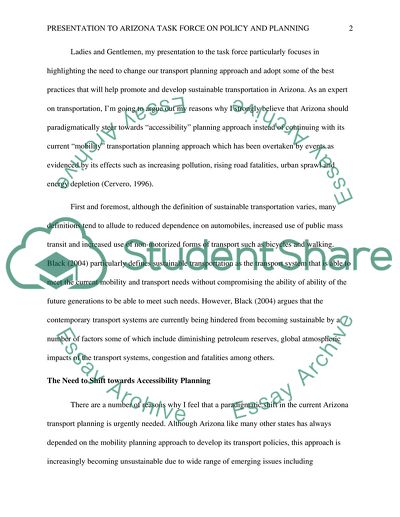Cite this document
(Sustainable Transportation in Arizona Research Paper, n.d.)
Sustainable Transportation in Arizona Research Paper. Retrieved from https://studentshare.org/macro-microeconomics/1645025-presentation-to-arizona-task-force-on-policy-and-planning
Sustainable Transportation in Arizona Research Paper. Retrieved from https://studentshare.org/macro-microeconomics/1645025-presentation-to-arizona-task-force-on-policy-and-planning
(Sustainable Transportation in Arizona Research Paper)
Sustainable Transportation in Arizona Research Paper. https://studentshare.org/macro-microeconomics/1645025-presentation-to-arizona-task-force-on-policy-and-planning.
Sustainable Transportation in Arizona Research Paper. https://studentshare.org/macro-microeconomics/1645025-presentation-to-arizona-task-force-on-policy-and-planning.
“Sustainable Transportation in Arizona Research Paper”, n.d. https://studentshare.org/macro-microeconomics/1645025-presentation-to-arizona-task-force-on-policy-and-planning.


